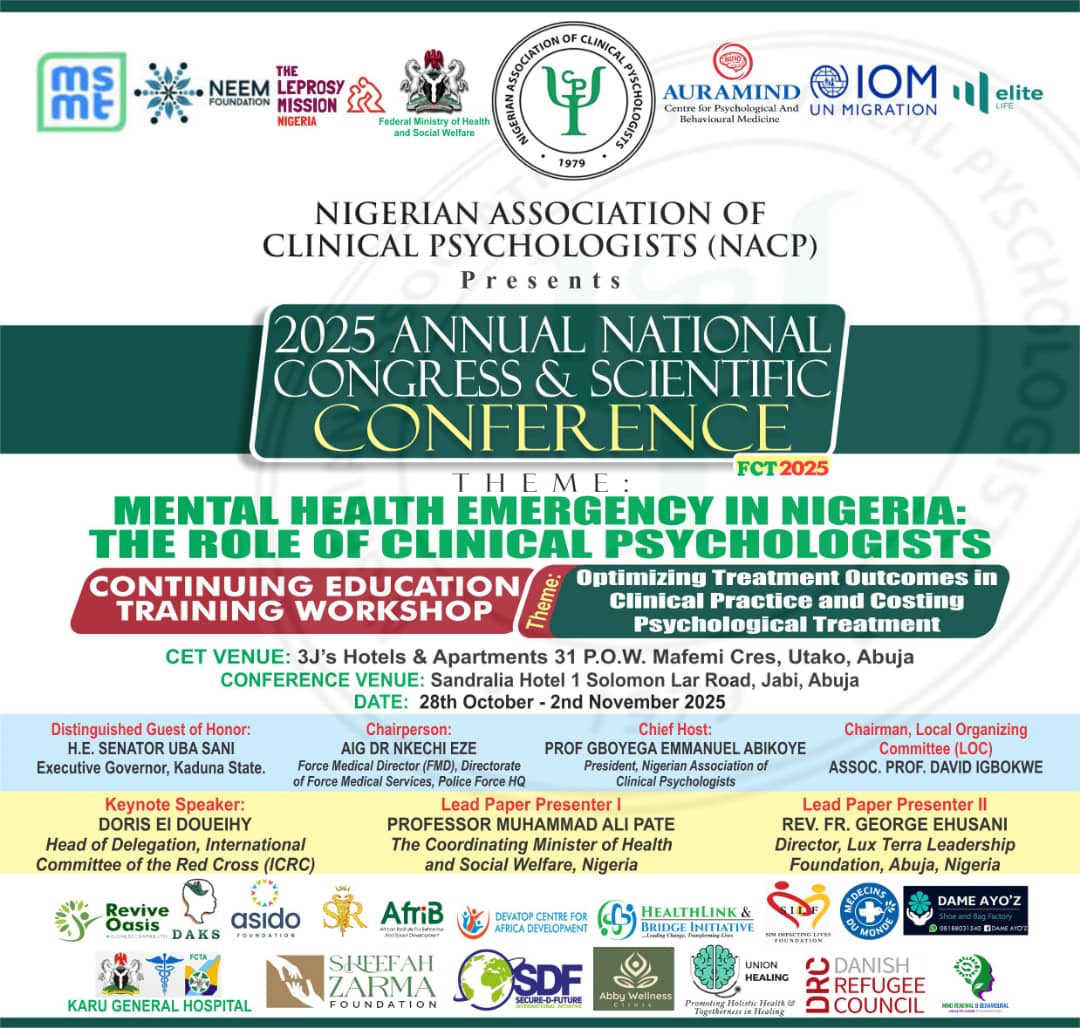
Over the past nine years, the World Bank has approved a total of $3.53bn (N5.4tn at the official exchange rate of N1,535/$) in health-related loans to Nigeria, alongside $111.29m in grants, according to a review of the Bank’s project portal. Yet, leading voices in the country’s medical community say the state of Nigeria’s health infrastructure remains far below expectations.
The loans secured between 2016 and 2025 funded at least 11 major health projects, ranging from immunisation and maternal care to pandemic preparedness and nutrition. If a pending $250m health sector loan is approved next month, the total World Bank commitment to Nigeria’s health sector in this period will reach $3.89bn.
Most of the funding was channelled through federal institutions such as the Ministry of Health, Nigeria Centre for Disease Control (NCDC), National Primary Health Care Development Agency (NPHCDA), and the Ministry of Finance. Disbursements surged after the COVID-19 pandemic, with three projects between 2020 and 2021 alone accounting for $1.65bn nearly half the nine-year loan total.
‘Little to show’ for billions
Despite the substantial inflows, health sector operators say the impact on hospitals and services remains negligible.
President of the Nigerian Association of Resident Doctors (NARD), Dr. Tope Osundara, cited persistent shortages of basic amenities in hospitals, such as electricity and medicines, as evidence that the funds are not reaching their intended targets.
“When you look at the amount the World Bank has pumped into healthcare in Nigeria, you would expect to see major improvements,” Osundara told The PUNCH. “Instead, we still face poor remuneration for health workers, lack of essential drugs, and inadequate infrastructure. It raises questions about diversion or misuse of funds.”
The Medical and Dental Consultants’ Association of Nigeria (MDCAN) president, Prof. Muhammad Muhammad, said while some infrastructure upgrades have occurred, the development of human resources in the sector is still “far from where it should be.” He urged the government to involve frontline professionals in needs assessments to ensure funds are directed to priority areas.
Similarly, Omomo Tibiebi of the National Association of Nigerian Nurses and Midwives (NANNM) highlighted Nigeria’s grim health statistics life expectancy at 54 years, maternal mortality over 1,000 per 100,000 births, and under-five mortality at 114 per 1,000 despite receiving over $3bn in loans. He blamed slow disbursement, weak governance, and poor implementation for the limited progress.
Debt concerns grow
The Debt Management Office (DMO) reports that Nigeria’s debt to the World Bank rose to $18.23bn as of March 31, 2025, representing nearly 40% of the country’s external debt. Concessional loans from the Bank’s International Development Association account for the bulk of this figure.
While these loans carry low interest rates and long repayment periods, they still add to Nigeria’s mounting debt stock. Analysts warn that without visible results in healthcare delivery, the debt burden could become increasingly difficult to justify.
Calls for targeted investment
Stakeholders across the country have urged a more strategic approach. Lagos NANNM Secretary, Toba Odumosu, recommended focusing large-scale loans on flagship hospitals in each geopolitical zone to create centres of excellence capable of delivering world-class care.
Nasarawa State’s Ministry of Health acknowledged that World Bank interventions have addressed some local health challenges but noted that sustainability suffers when end-users are excluded from planning.
In Gombe, Consultant Physician Dr. Benjamin Adamu described local health improvements as “modest” given the scale of national borrowing, pointing to persistent equipment shortages and weak referral systems in rural areas.
As the federal government negotiates the next $250m health loan, health experts stress the need for stronger governance, transparent fund management, and inclusive planning to ensure Nigeria’s billions in healthcare borrowing deliver lasting improvements rather than vanishing into debt-led stagnation.


